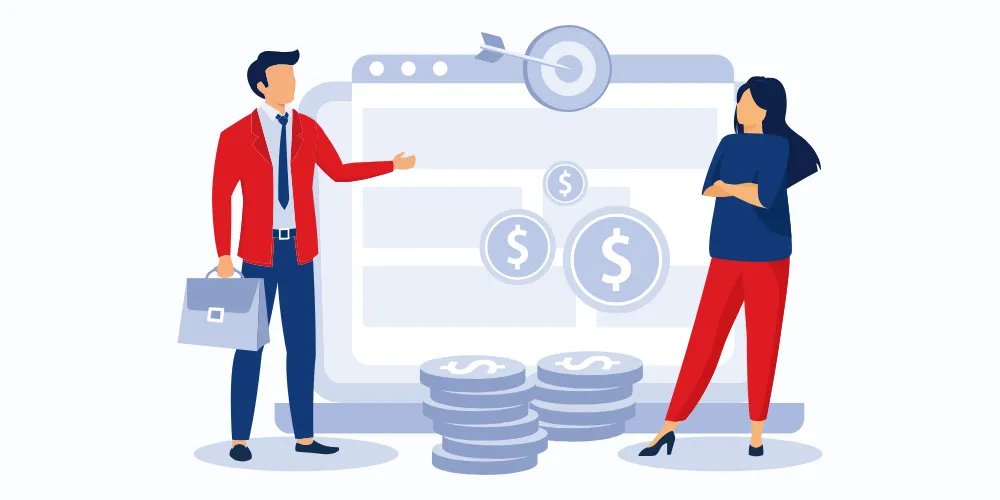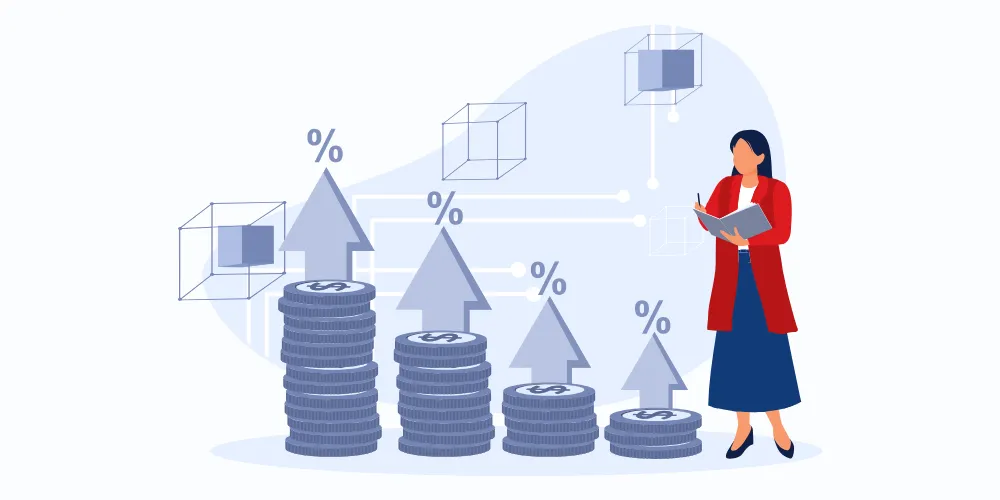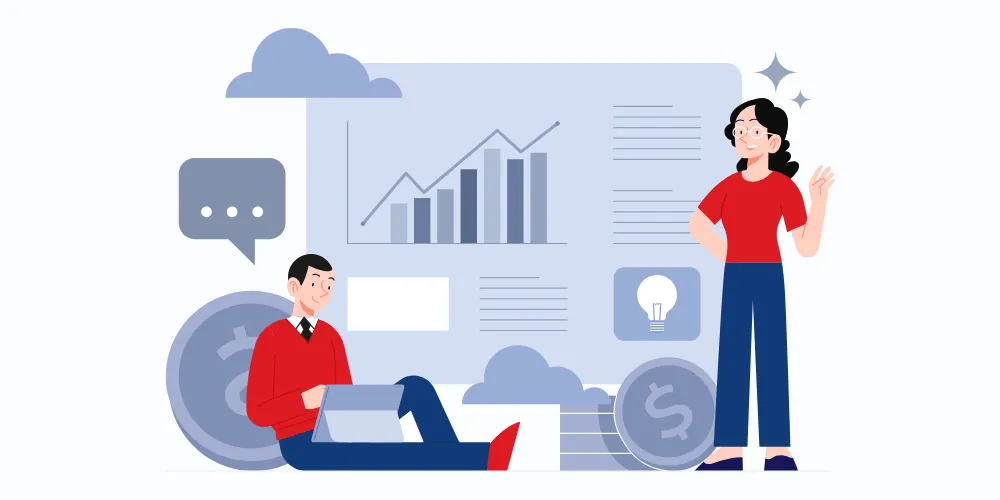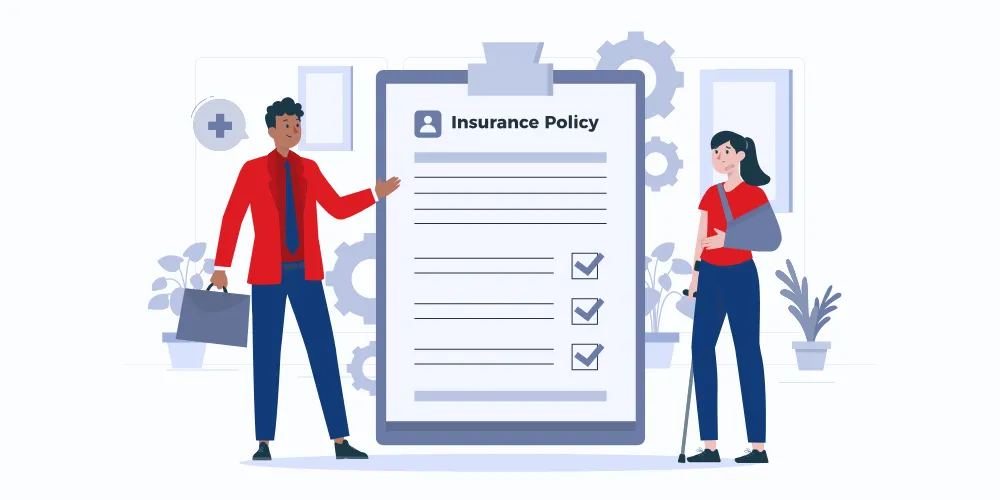Employee incentive programs enhance motivation, leading to higher engagement and efficiency. Monetary rewards (bonuses, commissions) drive immediate results, while non-monetary perks (recognition, career growth) foster long-term commitment. Clear, achievable incentives align employees with business goals, reducing turnover and improving overall performance. A well-structured program ensures employees feel valued, driving sustained productivity.
Employee Incentive Plans: Types & Benefits
- Achala Rasal
- Mar 03, 2025
- 4 min read
- Last updated on Sep 08, 2025
Introduction to Employee Incentive Plans
In today's competitive business environment, companies are constantly looking for ways to motivate their workforce and enhance productivity. An employment incentive program is a strategic tool designed to align employee behaviors and attitudes with organizational goals. At its core, an employment incentive program encompasses various initiatives aimed at encouraging employees to perform better through rewards and recognition.
Types of Incentive Programs
Understanding the diversity within incentive programs enables companies to tailor strategies to different employee needs. Employee incentive programs range from staff incentive plans that focus on group achievements to worker incentive programs that are more individualized. Each type has its unique strengths. For instance, group incentives foster teamwork, while individual incentives cater to personal achievement. Incentives can be monetary, like bonuses, or non-monetary, like added vacation days.
Benefits of Incentive Plans
One of the major draws of incentive plans is how they benefit both employees and employers. By integrating an incentive plan, companies often see increased motivation, while employees enjoy tangible benefits like an enhanced employee benefits percentage of salary. This concept highlights how financial incentives can be a percentage of an employee's salary, fostering motivation. Additionally, money incentives like bonuses can lead to higher job satisfaction. Beyond financial gains, employee recognition and rewards programs play a vital role in boosting morale, promoting a culture of appreciation and respect.
Components of a Successful Incentive Plan
Designing a successful incentive plan necessitates understanding key components. An incentive plan often works best when it is clear, achievable, and closely aligned with company objectives. Clarity ensures that employees know what is expected of them, while attainable goals prevent frustration and loss of morale. Integrating incentives with broader incentives in business strategy ensures that employees’ contributions directly support the company's mission, creating a unified drive towards success.
Examples and Templates of Incentive Plans
Crafting templates and concrete examples of employee incentive programs is essential for inspiring action. Employee incentive program examples encompass a wide variety, such as quarterly bonuses linked to performance metrics or recognition awards for exemplary service. Using a structured incentive plan template can help businesses develop clear goals and implementation methods, ensuring every team member understands their role in the incentive plan.
Incentive Plan Implementation Strategies
Successful implementation requires careful planning and alignment with existing company processes. Crafting a robust employee incentive program policy is the first step. Company incentive programs should be flexible enough to adapt to changing needs and strategically important opportunities. By understanding the specific motivations of their workforce, companies can successfully leverage these programs.
Factors Affecting Incentive Plan Success
Numerous factors can influence the successful deployment of incentive plans. Motivational incentives examples stress the importance of feedback loops and recognition alongside tangible rewards. Continuous evaluation and a willingness to adapt are crucial. For instance, an incentive system that rewards only top performers may demotivate others, while a system with feedback could boost overall engagement.
Innovative Ideas for Employee Incentives
Integrating modern, fun work incentives ideas can rejuvenate a team. These include employee sales incentive games that encourage friendly competition and collaboration, or team incentives such as team-building retreats. Such initiatives are valuable for promoting teamwork and a vibrant workplace culture.
Conclusion and Key Takeaways
To sum up, employing the best employee incentive programs involves a thoughtful blend of strategy, execution, and adaptation. Understanding how much the benefits are worth in salary can guide businesses in estimating the true impact of incentives. The task lies in creating a culture where incentives are seen not merely as extrinsic rewards but as integral components of a thriving organizational ecosystem.
Frequently Asked Questions
How do employee incentives boost productivity?
How can companies measure the success of incentive programs?
Companies can track success using KPIs like sales growth, employee retention, performance metrics, and engagement levels. Surveys and feedback help gauge employee satisfaction. Analyzing ROI (return on incentives)—comparing costs to revenue impact—provides insights into effectiveness. Regular reviews and data-driven adjustments ensure incentive programs remain aligned with business goals and employee motivation.
Are employee incentive programs effective for remote teams?
Yes, remote teams benefit from personalized, transparent, and digital-friendly incentives. Performance-based bonuses, virtual recognition, and career growth opportunities keep employees engaged. Clear communication and real-time tracking ensure motivation. Non-monetary incentives like flexibility, online learning, and wellness perks enhance retention. A well-structured incentive program bridges the gap between physical and remote workplaces, maintaining productivity.




